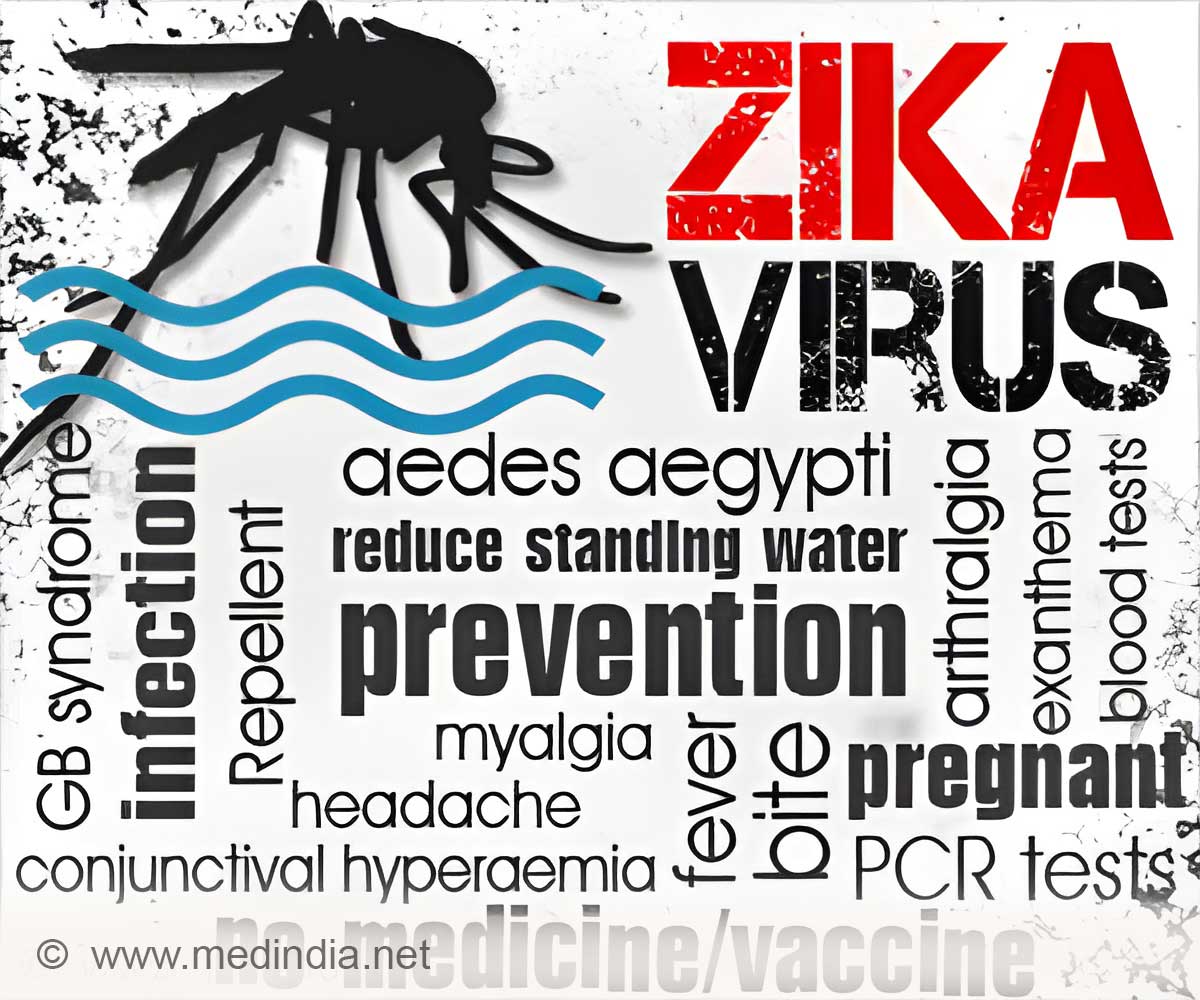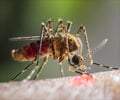
‘To combat the spread of Zika virus, researchers are deploying a pair of mobile DNA sequencing laboratories on a medical 'road trip' through the worst-hit areas of the country.’
Tweet it Now
Focusing on areas with the highest reported rates of microcephaly, a team of global experts will use portable, USB-powered genome sequencing equipment to analyze virus samples. They will use data gathered to track the spread of the virus and spot its emergence in large towns and cities. Over the 30-day sampling period, mobile testing teams will travel to north-eastern Brazil and test samples from 750 patients in coastal Brazil.
Led by the University of Birmingham, the project is supported by the Medical Research Council (MRC) and draws together experts from Public Health England, the Universities of Oxford, Nottingham and Edinburgh, as well as the University of Sydney, Australia and the Ontario Institute for Cancer Research, in Toronto, Canada.
Dr. Nick Loman, from the Institute of Microbiology and Infection at the University of Birmingham, said, "Zika is spreading across the Americas and the Pacific and geneticists are playing catch-up. There are very few publicly available DNA sequences and hardly any from the regions where cases of microcephaly are most prevalent. Using the mobile laboratories, we can take to the roads of north-east Brazil to detect and characterize the early emergence of Zika in large urban centers. The data we gather will help to understand how the virus has spread across Brazil, Latin America, and make better predictions about how it might spread to other regions in the future. We are also able to bring cutting-edge genomic surveillance technology to public health laboratories previously unequipped with this capability."
"The portable DNA sequencing systems allow us to do outbreak genome sequencing in real-time, impacting directly on the response to the virus on the ground, as well as helping to build a picture of its evolution. I hope our work in Brazil will reveal more about Zika's origins, how often it has entered the Americas, how it interacts with the immune system, how many strains there are, and whether it interacts with other viruses such as Dengue and Chikungunya. We have no real feel for that at the moment. Even though the volume of knowledge is increasing, there is much remaining to be learnt about Zika virus."
Advertisement
The team will adopt an open data policy on the project - making information collected freely available to researchers and public health analysts investigating the spread of the virus as it is generated. Interested parties can find information and data here http://zibraproject.github.io/.
Advertisement
The research team in Brazil will use a lightweight MinION DNA sequencer from Oxford Nanopore Technologies, which weighs less than 100g and is powered by the USB of a laptop. The device is currently being used by more than 1,500 researchers worldwide.
The MinION equipment was first used successfully for remote disease surveillance by University of Birmingham-led teams in Conakry, Guinea, in April 2015 where Ebola samples from patients could be sequenced as soon as new cases were diagnosed. Information was available more quickly as samples could be analyzed on site, in real time, rather than being shipped to traditional genome laboratories often located on a different continent.
By sequencing 142 samples from Ebola patients in Guinea, they were able to provide very detailed information about how cases were related, providing important clues to World Health Organisation epidemiologists battling to halt transmission of the virus.
Source-Newswise












